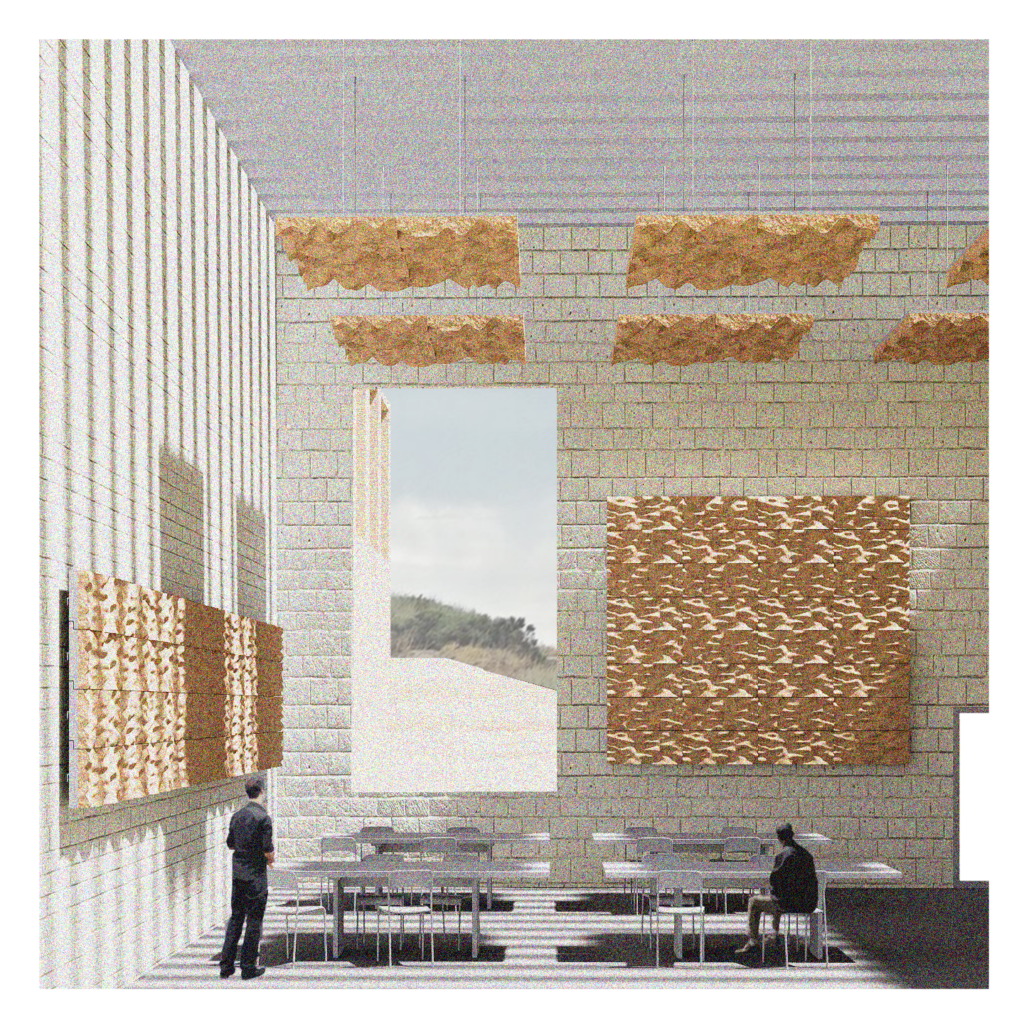mush.room

— a living panel grown from bio-waste, offering thermal and acoustic comfort. designed as a retrofit solution for the existing low-energy-performance building stock, it’s paired with a digital tool that calculates u-values and suggests ideal material mixes, bringing sustainable design to your fingertips

HOW CAN WE REDUCE OPERATIONAL CARBON WHILE TRYING TO REDUCE EMBODIED CARBON?
history of thermal insulation

key properties of thermal insulation materials



Both mycelium-based insulation and cork offer strong thermal performance with minimal environmental impact. Mycelium acts as a carbon sink, while cork has a very low footprint. Both materials naturally sequester CO₂—mycelium absorbs carbon as it grows, and cork oak forests capture CO₂ over time—making them sustainable choices for reducing atmospheric carbon.
material life cycle


case studies









prototypes






multi-objective optimization







iaac atelier space hack

service




